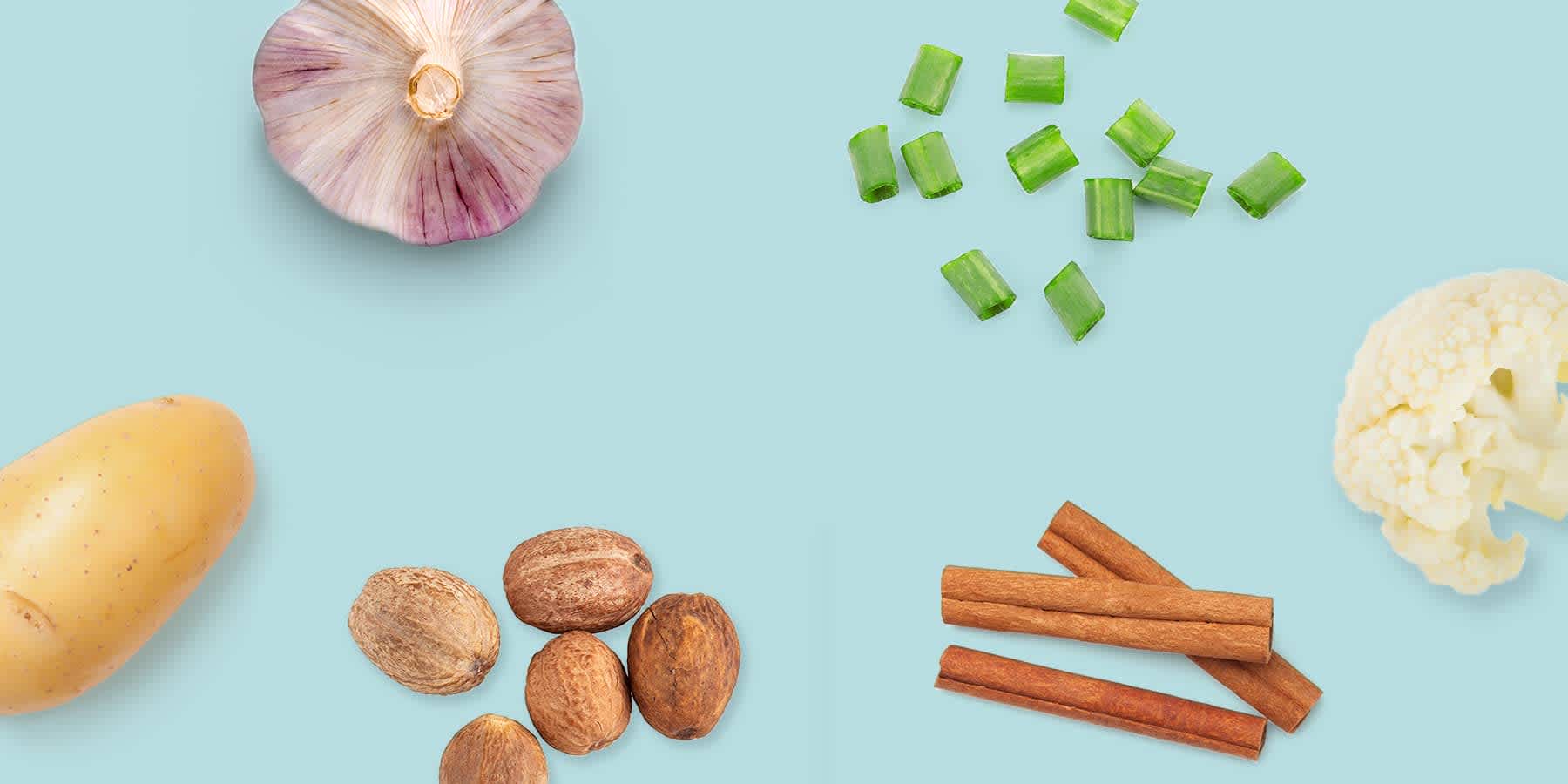
Meal planning ideas for food sensitivities during coronavirus
With our day-to-day world looking very different right now, navigating your diet can be especially challenging. For one, going to the grocery store probably isn't the easy experience it was before, with reduced store hours and long lines making it a bit more difficult to shop for alternatives to foods you may have been interested in eliminating from your diet. Also, main meals of the day which were once provided at school or work are now prepared at home—requiring more careful planning of food purchases.
The silver lining is that—for many of us—the extra time spent at home sparks the motivation to learn more about how food affects us, or even to start a two-part elimination diet to discover food sensitivities. Now that you might be enjoying all your meals at home—instead of frequently eating out, for example—there's a good opportunity to switch up parts of your diet so you're focused on eating foods that make you feel good (instead of giving you symptoms like headaches or digestive issues). Trying new recipes can be a great (and delicious) use of newly-discovered spare time you might have at home.
Here, we’ve pulled together some tips to help support your meal planning during the coronavirus pandemic: substitutions for common high-reactivity foods, shopping and pantry planning tips, and creative recipes using alternative ingredients.
Substitutions for common high-reactivity foods
Eggs, cow’s milk, and gluten are among some of the most commonly reactive foods. Here are some great food substitution ideas for tasty alternatives you can try during a temporary elimination diet.
Egg (both white and yolk) protein substitutions:
- Tofu scramble (tip: use extra firm tofu)
- Chicken or turkey sausage
- Yogurt (non-dairy or cow’s milk based)
- Nut butter (on toast or sweet potato—yes, sweet potato!)
Egg substitutes to use in baking:
- 1 tablespoon chia seed + 3 tablespoons water
- 1 tablespoon ground flaxseed + 3 tablespoons water
- ½ of a medium banana, mashed
- ¼ cup of applesauce (or other fruit puree)
Cow’s milk:
- Non-dairy based milks and coffee creamers like almond, hemp, rice, oat, soy, coconut, flaxseed, and cashew milk
- Non-dairy ice creams made from similar plant-based foods
- Vegan butter (made from plant-based oils)
Gluten:
- Gluten-free breads, crackers and snacks
- Pseudograins, or plants that are not grains botanically but resemble grains, are inherently gluten-free. Examples include quinoa, amaranth, and buckwheat. Other gluten-free options include millet, teff, cassava, sorghum, rice, potato, corn, gluten-free oats, and lentil- or bean-based pastas.
Garlic:
- Yellow, white, or red onions
- Chives, green onions, scallions, shallots or leeks
- Pepper, cumin, or other seasoning spices
- Lemon zest
Shopping and pantry planning (considering availability during COVID-19)
Foods with a longer shelf life
Purchasing foods with a longer shelf life can help relieve concerns around spending additional funds on food when budgets might be tight—and when trying to avoid going on unnecessary trips out in public. Foods that meet this description include grains and pseudograins in whole form, such as rice, quinoa, pastas, and oats. Other foods with a long shelf life include lentils and dried beans.
Other great tips when following a diet plan and trying to preserve meals as long as possible? Choose frozen instead of fresh fruits and vegetables—or consider preparing your perishables for freezing. (Note: the USDA advises against freezing eggs in shells.)
Meal prep and store your leftovers
When making meals, use containers to store any leftovers and reheat when ready to eat. Most foods can be stored anywhere from 1 month to up to 8 months in the freezer. Visit this link to learn more about food safety and freezing foods.
Follow FIFO, and keep an eye on expiration dates
FIFO, or “First In, First Out,” helps you more efficiently use the food you have on hand and reduces food waste. How does this work? Store foods closer to their expiration date in the front of the pantry and those with further-out expiration dates in the back. Storing perishables like fruits and vegetables in the front of your refrigerator is another way to follow FIFO.
Recipes
Try some new recipes with your newfound substitutions.
- Tofu scramble by Minimalist Baker
- Easy bagel recipe that can be made dairy or gluten free by Skinnytaste
- Dairy-free mac and cheese that’s also gluten free and can be made egg free from The Real Food RDs
- Garlic-free taco seasoning mix by Fun Without FODMAPS.
- Breakfast sweet potatoes with almond butter by Ambitious Kitchen. This recipe also works with different nut or seed butters like sunflower seed butter.
Related content
COVID-19 and nutrition: care for yourself and others with these tips
Benefits of keeping a food journal
How to use a food elimination diet to discover your food sensitivities